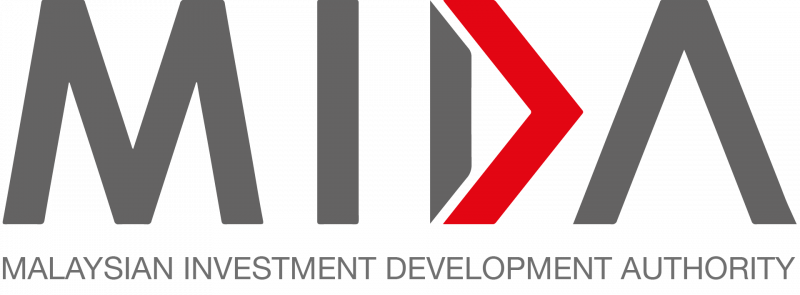Sarawak Premier Tan Sri Abang Johari Openg today said that Bintulu Port will be expanded to facilitate the increase in the handling of hydrogen-based and other petrochemical products.
He said that, at the moment, the port’s annual cargo throughput volume exceeds 50 million tonnes, mainly due to the increase in liquefied natural gas (LNG) throughput.
“I have this feeling that this volume will increase with all the plants and investments that we are getting in Bintulu because of our diversification policy on our gas products,” he said at the launch of the Borneo Oil and Gas Supply Base of the Bintulu Port.
He said when the port was established in the 1980s, it was mainly dedicated to LNG and it does not cater to other economic activities arising from the resources that the state has.
LNG, he said, is one of the activities using gas as feedstock.
“We have a lot of other derivatives from gas, for example, the methanol plant is one of them.
“As such, the port will no longer be just for LNG. There are a lot of by-products out of gas,” he said.
The premier said the establishing of the supply base is an appropriate approach for the state government to help in regulating activities as a result of the state’s gas reserves, both offshore and onshore Sarawak.
He noted that Sarawak has about 60 per cent of Malaysia’s gas reserve offshore.
“There will be a lot of activities offshore because of the gas reserve and that exploration is still going on and there could be some new areaswhere we can explore and find more reserve,” he said.
He said he believes that Bintulu Port will help to leapfrog the state’s economy, not only in terms of supply base, but also for the export of products produced in the state.
Source: NST
Bintulu Port expands to accommodate growing gas, petrochemical demand
Content Type:
Duration:


